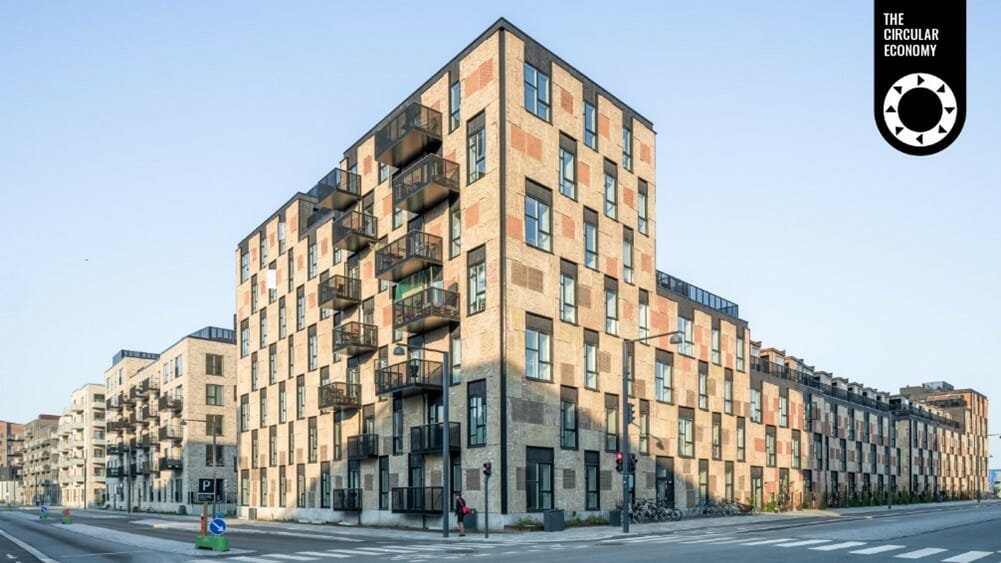
|
|
|
|
|
|
|
|
|
|
|
|
|
|
|
|
|
|
|
|
Bricks recycled from Carlsberg’s breweries are cut out in modules to make new walls
for The Resource Rows project in Copenhagen. Image: Rasmus Hjortshøj / COAST Studio |
|
|
|
|
|
|
|
|
|
|
|
|
|
|
|
|
|
|
|
|
|
|
● Timber Frame ● SIP Frame ● Post & Beam ● Traditional Feature Trusses ● Glulam Structures
● Hybrids ● Low Energy Components
For really attractive, flexible, affordable and HEALTHY Low Energy Homes, call, send us your drawings, or visit our manufacturing plant now.
|
|







